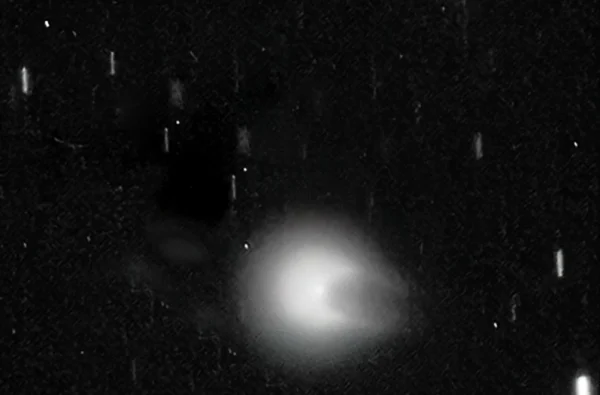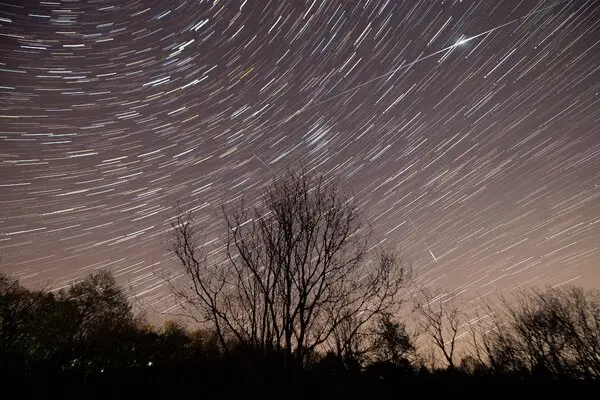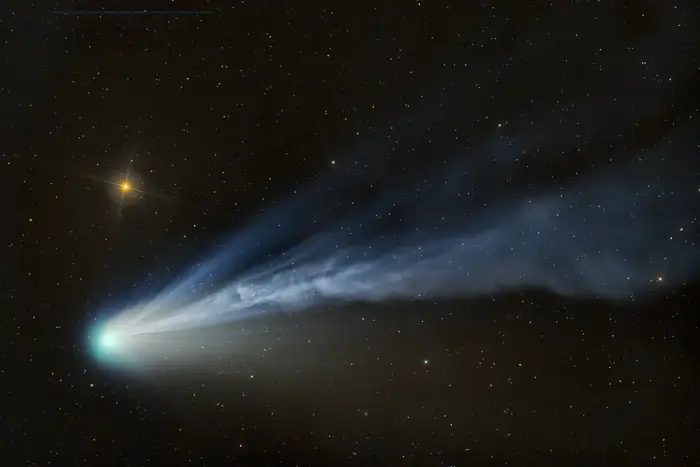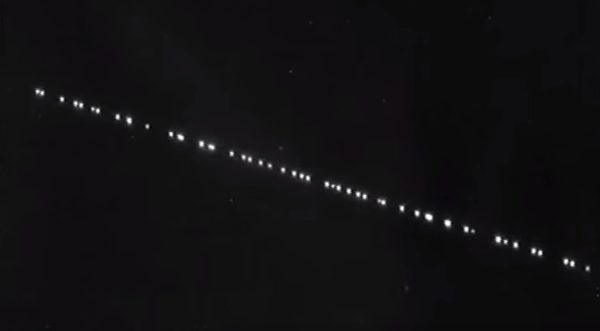The total solar eclipse earlier this week was a widely covered event in the media and the subject of much discussion; yet there are so many other celestial events to see right now or soon that have not received the same amount of widespread attention.
Devil Comet
The comet 12P/Pons-Brooks, also referred to as the “Devil Comet” for its signature horns, will be reaching peak brightness on April 21st; in the constellation of Taurus. According to NASA, a comet is classified as:
“cosmic snowballs of frozen gases, rock, and dust that orbit the Sun. When frozen, they are the size of a small town. When a comet’s orbit brings it close to the Sun, it heats up and spews dust and gases into a giant glowing head larger than most planets.”
It’s the releases of these dusts and gases that cause the signature tail of a comet.
NASA estimates that there are likely billions of comets orbiting the sun, Kuiper belt, and Oort cloud.
This will truly be a once in a lifetime event as this comet only returns every 71 years; meaning the next time it will return will be in the summer of 2095.
The comet is best seen with binoculars or a small telescope, and is best seen just as the sun dips below the horizon line, beneath the moon.
However, in the upcoming days it may be visible with the naked eye. However, the comet is difficult to see without a perfectly clear view of the horizon, as it will peak at an apparent brightness magnitude of 5 – magnitude 6 being the lowest possible brightness to the human eye.
There is a possibility for an outburst to occur; these are unpredictable large releases of gas and ice, and if it was to occur the comet will be further illuminated in the sky; the last to occur was February 29th.
Pink Moon
April’s full moon otherwise known as the pink moon, sprouting grass moon, egg moon, or fish moon will peak at 7:50pm on the night of Tuesday, April 23rd.
It gained the name the “Pink moon” for coinciding with the bloom of the pink spring flowers. However, it’s name is deceiving; the moon will not be appearing pink, but instead will have a golden glow near the horizon line.
Lyrid Meteor Shower
 April 23rd also happens to be the peak day of seeing the annual Lyrids meteor shower; with 18 meteorites being visible on average per hour on that night.
April 23rd also happens to be the peak day of seeing the annual Lyrids meteor shower; with 18 meteorites being visible on average per hour on that night.
The Lyrids are one of the oldest recorded meteor showers, first being recorded in 687 BC by the Chinese, making it visible on Earth for at least 2,700 years. It will be active this year starting from April 15th until April 29th this year; and will be best seen between moonset and dawn.
It’s important to remember to go outside for at least 30 minutes as your eyes need time to adjust to the darkness, and to watch from an area with as little light pollution as possible.
For more tips on stargazing you can read more for my past article here: The Cub – Meteor Shower Information Article
Jupiter, Saturn, and Mars Visible
The planet of Jupiter will be the easiest planet to view this month, being seen in the west shortly after sunset for the first 3 weeks of April.
Saturn and Mars will also be visible and shine close in brightness, being best viewed right before 30 to 40 minutes before sunrise in the southeast horizon.
Starlink Satellites
While definitely not a naturally occurring celestial event; SpaceX’s starlink satellites will make occasional visits throughout April. This includes today, Friday, April 12th at 8:41 pm and 9:08 pm.
The better viability time will be at 9:08 pm and will be crossing from the west.
These very illuminating satellites are tracked and the exact time and visibility information can be found using the tracker findstarlink.com.
It may not occur naturally in nature, however if you go out of your way to watch these satellites you will not be disappointed.
The first time I saw the satellites was on a cruise to the Bahamas; I had no idea what I was watching. I believed I was watching a string of UFOs glide across the night sky. The satellites were especially remarkable being over the ocean as they immediately stole your attention from any stars and the moon.
Jupiter-Uranus Conjunction
On April 20th, 2024 another rare celestial event will occur; the planets Uranus and Jupiter will have a conjunction in the constellation Taurus.
According to NASA a conjunction is defined when 2 planets, planet and a star, or a planet and the moon will appear close together in the night sky.
This is the first of such a conjunction of both planets in the constellation of Taurus since 1941. This event will be barely visible to the naked eye at a magnitude of 5.8 out of 6, so a pair of binoculars or a small telescope would be helpful.
Resource Links
The Cub – Meteor Shower Information Article
Citations



